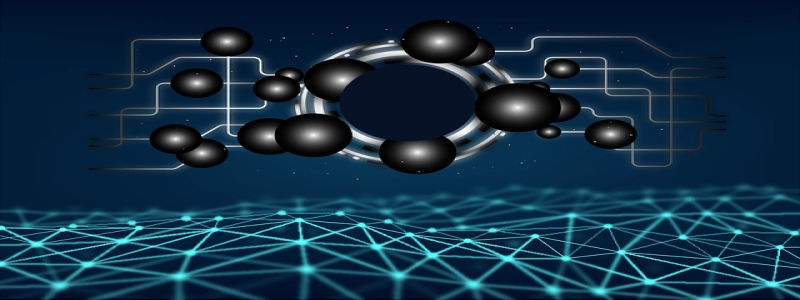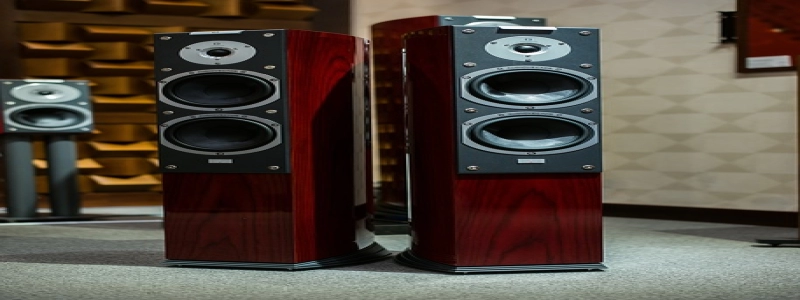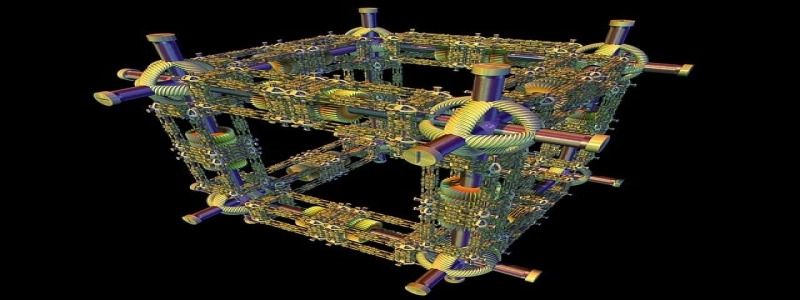Ethernet PCIe
Introduction:
Ethernet PCIe is a type of network interface card (NIC) that is used in desktop and server computers to connect to Ethernet networks. It utilizes the Peripheral Component Interconnect Express (PCIe) interface to provide high-speed and efficient data transfer between the computer and the network. In this article, we will explore the features and benefits of Ethernet PCIe and its significance in modern computing.
1. What is Ethernet PCIe?
1.1 Definition and Purpose:
Ethernet PCIe, also known as PCIe Ethernet card, is a network adapter that enables computers to connect to Ethernet networks using the PCIe interface.
1.2 Evolution of Ethernet PCIe:
Ethernet PCIe has evolved over the years to keep pace with advancements in network technology. Early versions supported older Ethernet standards like 10Mbps and 100Mbps, while the latest versions support gigabit and 10-gigabit Ethernet.
2. Features of Ethernet PCIe:
2.1 High-Speed Data Transfer:
Ethernet PCIe provides faster data transfer speeds compared to traditional Ethernet cards. It leverages the PCIe interface’s scalability and bandwidth capabilities to achieve high-speed data transmission.
2.2 Low Latency:
Ethernet PCIe minimizes latency by utilizing advanced data processing techniques and optimizations. This low latency is critical for real-time applications such as online gaming, video streaming, and financial transactions.
2.3 Multiple Ports:
Ethernet PCIe cards often come with multiple ports, allowing users to connect to multiple networks or devices simultaneously. This feature is particularly useful for network-intensive applications or in server environments.
2.4 Advanced Security:
Ethernet PCIe incorporates advanced security features like encryption and authentication protocols to ensure secure data transmission over the network. This is essential in safeguarding sensitive data from unauthorized access or interception.
3. Benefits of Ethernet PCIe:
3.1 Faster Network Performance:
Ethernet PCIe enables faster network performance by delivering higher data transfer speeds and lower latency. This results in improved productivity and efficiency in data-intensive tasks.
3.2 Increased Scalability:
Ethernet PCIe provides scalability, allowing users to upgrade their network infrastructure without having to replace the entire adapter. This makes it cost-effective and flexible for growing business needs.
3.3 Enhanced Reliability:
Ethernet PCIe offers improved reliability through its advanced error correction mechanisms and load-balancing capabilities. It ensures a stable and uninterrupted network connection, minimizing downtime and disruptions.
3.4 Future-Proofing:
Ethernet PCIe supports the latest Ethernet standards, making it future-proof. It is compatible with emerging technologies and can adapt to changing network requirements, ensuring long-term usability and investment protection.
Conclusion:
Ethernet PCIe is a crucial component of modern computing, offering faster data transfer speeds, low latency, advanced security, and scalability. It enhances network performance, reliability, and future-proofing capabilities, making it an essential choice for both desktop and server environments. As network technology continues to evolve, Ethernet PCIe will continue to play a vital role in connecting computers to Ethernet networks efficiently and effectively.








